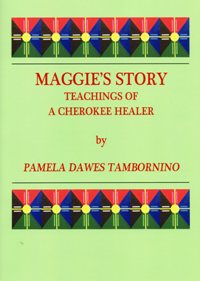 When Drape arrived in Smith Center in the fall of 2008, he counted himself an objective journalist. He assured the head coach that a defeat wouldn't spoil the book he was planning to write about the Redmen, and might even "be better for the narrative of the book." But by the time the playoffs were in full swing, he found himself fighting to keep his emotions in check, cheering for the Redmen as heartily as the football moms and dads.
When Drape arrived in Smith Center in the fall of 2008, he counted himself an objective journalist. He assured the head coach that a defeat wouldn't spoil the book he was planning to write about the Redmen, and might even "be better for the narrative of the book." But by the time the playoffs were in full swing, he found himself fighting to keep his emotions in check, cheering for the Redmen as heartily as the football moms and dads.Our Boys is the story of Smith Center, Kansas: a close-knit community that nurtures its boys, teaching them about teamwork, love, respect, and becoming men. It's about Coach Barta's nearly new-age sayings and mantras; the father / son conflict between feisty running back Colt Rogers and his dad, coach Mike Rogers; senior Marshall McCall gradually easing into the shoes of team captain and leader. It's also about Smith Center's Second Cup Cafe and the charming octogenarian society, the "As the Bladder Fills" club, and it's about the Tucker, Overmiller, and Roush families, all working hard to keep the tradition of Kansas family farms alive.
In Our Boys there is none of the harsh critique that can sometimes creep in when an outsider pens objective third-party nonfiction. Instead, Drape has taken a page out of Coach Barta's book, and returned respect with respect, love with love. The result is a beautiful, bestselling book that might just inspire you to be a little kinder to your neighbor.
And for you, football fans? Don't worry -- Drape easily slides in play-by-plays of some of the Redmen's most exciting games, dissects the Redmen's fascinating winning strategy, and gives a complete glimpse into the "NASA lab" where Coach Barta and his colleagues analyze the reels from week to week, converting even the most casual bystander into just a little bit of fan. Trust me, I know.

Joe Drape flies in from New York to appear at Lawrence Public Library tomorrow evening at 7:00 p.m., and will be speaking at libraries around the state as part of Kansas Reads 2012.
Rachel - Programs





